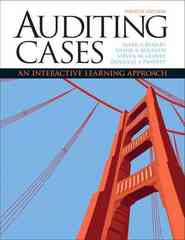This question is intended to assess your understanding of the two-dimensional Poisson process and the x' dispersion test. You should be able to answer this question after working through Part III of Book 2. (a) The positions of defects on the carbon-steel sheet may be assumed to be randomly located according to a two-dimensional Poisson process with density 2 = 0.03 per square meter. A rectangular region of the sheet that is 10 meters long by 12 meters wide is marked out for detailed study. (i) Write down the probability distribution of N, the number of defects in this region. (ii) Calculate the probability that the region contains more than two defects. (iii) Simulate the number of defects in this region using the number u = 0.58857, which is a random observation from the uniform distribution U(0; 1). (iv) (1) Explain briefly (in one or two sentences) how you would simulate the positions of defects in this region. (2) Use the method that you have just described and groups of five digits from the ninth row of the table of random digits in the Handbook (beginning 11700, 87327, 81325, 86604, 72085, 72326, ...) to simulate the positions of the defects in the region. Calculate the coordinates of the defects to the nearest meter. (3) Plot the positions of the defects on a sketch of the region. (No graph paper or separate pieces of paper are required for this.) (b) A carbon-steel sheet is split into 21 equal-sized quadrants, and the number of defects in each quadrat is counted. The results are as follows: nt in in in noor Check that it is appropriate to use the x2 dispersion test to investigate whether the defects could reasonably be supposed to be randomly positioned in the steel sheet, and carry out the test. You may use either a fixed-level test or a significance test, whichever you prefer. If you decide to carry out a fixed-level test, then you should use a 5% significance level and state clearly the rejection region for your test. If you decide to carry out a significance test, then you should give an interval within which the p-value for the test lies. If your analysis suggests that the trees are not randomly located, then say how you think they are located, [10]







